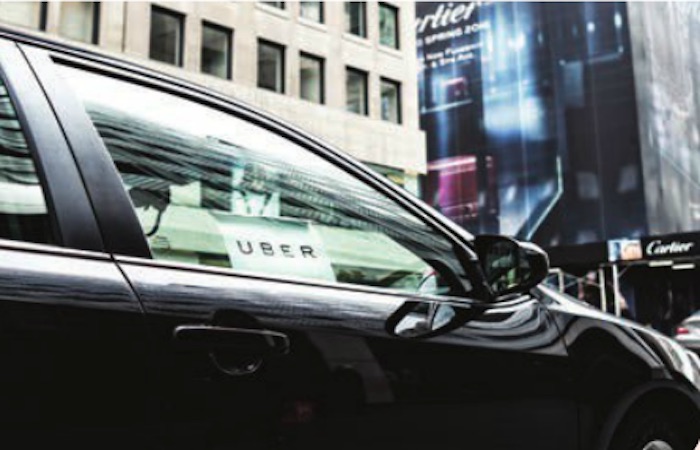
Uber drivers are workers, not self-employed contractors, a UK employment court found in October 2016. The ruling in the case Aslam and Farra v Uber means the app could have to pay its drivers holiday pay, the minimum wage, and pensions, among other benefits.
The employment tribunal decision found that the drivers were employed as workers within the meaning of the Employment Rights Act, National Minimum Wage Act, and the Working Time Regulations.
It found that the claimants were engaged in ‘unmeasured work’ for the purposes of the National Minimum Wage Regulations, and that their working time should be calculated in accordance with the Working Time Regulations.
Uber immediately announced it would appeal. Jo Bertram, Uber’s general manager in the UK, says: “Almost all taxi and private hire drivers in the UK are self-employed. At Uber, we’re proud that we give people the freedom to choose when and where they drive. We do not set shifts or minimum hours, people can simply switch the app on and off whenever they wish to.
“The reason why we’re appealing the tribunal’s preliminary decision is because the vast majority of drivers tell us they want to remain self-employed. An ORB International poll of 1,000 drivers [conducted in September and October 2016] also found that 92% said that Uber is a good [organisation] to work with.”
However, the verdict is no surprise, says Dominic Holmes, employment partner at law firm Taylor Vinters. “The law will generally look at the reality of the relationship between the worker and the business for which they are working,” he says. “It depends on who works for who.
“Uber is a great case. It said, ‘All we are doing is acting as a matchmaker between people who drive their cars and want to be taxi drivers in their spare time and passengers who want to be taken places.’ If that were the reality of the situation, they would be simply self-employed. Where it gets messy is when platforms like Uber try to have a high degree of control over what work is done and how it is done.”
If Uber were simply linking passengers with drivers, it would not manage the initial interaction between driver and passenger, control the route the driver takes, collect the money at the end of the journey or manage the complaints procedure if something goes wrong, says Holmes. The difference is that in the Uber model, the driver has very little say and therefore, is not running their own business, he explains.
Read more in How will the gig economy affect employee benefits?